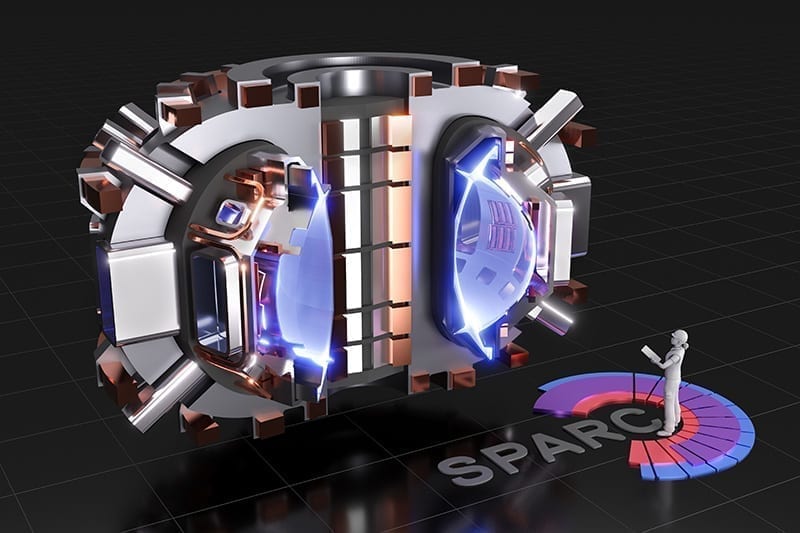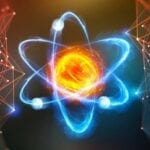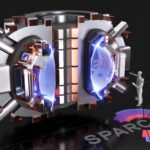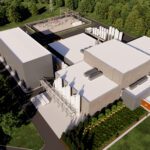Fusion research and development have been ongoing for decades, and many people probably believe a fusion power system will remain out of reach for decades longer. But the truth is that more than 100 tokamaks have been constructed and the science behind fusion is well-understood. What has been elusive is generating net energy from a fusion reaction, that is, getting more energy out than goes in to heat the plasma.
One company that believes it is on the cusp of a breakthrough is Cambridge, Massachusetts-based Commonwealth Fusion Systems (CFS). Bob Mumgaard, the company’s CEO, was a guest on The POWER Podcast and explained why he’s excited about the future.
One big reason is that a groundbreaking series of seven papers were recently published and peer reviewed in a special edition of the Journal of Plasma Physics, validating CFS’s approach to commercial fusion energy. The papers, written in collaboration with the Massachusetts Institute of Technology’s (MIT’s) Plasma Science and Fusion Center, are the first peer-reviewed publications from any private commercial fusion company that verify a compact fusion device will achieve net energy.
Want to learn more from Bob Mumgaard? Read this POWER Interview.
Mumgaard acknowledged that his company, which is only about two years old, has capitalized on much of the previous research conducted by the U.S. Department of Energy (DOE), universities, national labs, and other countries, to get to where it is today. In fact, CFS spun out from MIT and gained a lot of knowledge from the Alcator C-Mod project—a compact, high-magnetic field tokamak that the DOE funded at the university. In 2016, C-Mod broke its own record for plasma pressure in a magnetically confined device, an important measurement for fusion.
“It’s a really interesting story of the long history of fusion and all these stepwise improvements that have been done. And, you know, most of these have all been towards making a machine, basically a fusion machine, that can create the conditions that are necessary inside of it, which is namely having a very, very small amount of fuel, like a grain of rice worth of fuel, that is at very hot temperatures—like 100 million degrees, so hotter than the center of the sun—and at densities where you get enough reactions, and insulated well enough so that it doesn’t cool itself off, to the point where you can make more power from fusion than it took to heat it up. That’s called breakeven or net-energy,” Mumgaard explained.
CFS is now developing and testing new high-temperature superconductor (HTS) magnets, which will allow for smaller, faster, and less-expensive tokamaks using the science developed on Alcator C-Mod and other devices. “We’re now starting to assemble a full-scale first-of-a-kind, 20-Tesla, multi-ton magnet that will really push this technology way beyond what anyone has done before,” said Mumgaard. “That’s at the parameter range that you need to build these high-field compact fusion tokamaks.”
Once the HTS magnets are finalized, CFS will utilize them in a demonstration unit called SPARC, which could be the world’s first fusion device to produce more energy than it consumes. Mumgaard expects construction on that machine to commence next summer.

Once that system is complete, “You’ll be able to show up, push a button, and make a whole bunch of excess energy—more energy than it took to run the fusion plasma for the very first time. And that feels kind of like the Wright Brothers moment for fusion,” Mumgaard said.
To learn more about fusion and the work CFS is doing, listen to the full interview on The POWER Podcast. Follow the links below to subscribe via your favorite platform or click on the SoundCloud player to listen now:
For more power podcasts, visit The POWER Podcast archives.
—Aaron Larson is POWER’s executive editor (@AaronL_Power, @POWERmagazine).










